
Decision Making and Leadership in Egyptian Warfare
july 2022 | Vol. 10.7
By Anthony Spalinger
Anyone studying foreign relations faces clear-cut obstacles, the sharpest being the antithesis between routine conduct and extraordinary charismatic behaviour. The cutting edge is best seen in warfare and the royal leadership it entails.
In ancient Egyptian history this is viewed in both war records and in modern scholarship, its own unique system of warfare. Late Bronze Age Egypt had a well-oiled domestic structure where the government could affect long-range policies outside of the momentary threats by a rival power. But modern attempts to see a “grand strategy,” with the Roman Empire as a paradigm, have been unsuccessful. Pharaonic Egypt possessed no elaborate administrative machine filled with foreign policy analysts and a complex decision-making council.
In New Kingdom Egypt (ca 1575-1190 BCE) there were few who could be counted upon to draw up foreign policy —including diplomats or their equivalents, merchant-spies, as well as the vizier. Whereas our technologically advanced society suffers from a glut of information and is highly dependent upon knowledge of others, this kingdom, like its contemporaries, reflects a stage in which decisions were made on the basis of almost random pressures. The imperial pharaohs lacked a refined and well-organized structure that enabled Egypt to execute a steady and consistent foreign policy that was not regularly dependent upon warfare. At best Egypt had a personally directed foreign policy that aimed at its own stability and not on the stability of other nations or the international system as a whole.
Everything hinged upon the nature of the ruler. Thus questions of pharaonic leadership come tothe fore. There was no aristocratic conception of foreign policy, and therefore no aristocratic brake upon the arbitrariness of autocratic rule. Pharaohs’ estimates of themselves were not dependent upon their standing in an administrative structure. To besure, the social connections and structures of powerful families mattered. But Egypt’s military leaders —call them dukes, barons, and the like —had little say in the running of their country.
The ideology of pharaonic power limited the mention of military men within the official royal historical record, both pictorial and written; military power was totally controlled by the monarch. Nevertheless, when we look to the royal command of the army the complex aspects of pharaonic leadership emerge.
The warrior kings of the New Kingdom created numerous and often lengthy royal accounts that enable well-drawn reconstructions of their role in warfare. As a case in point, Thutmose III’s famous historical narrative leads directly to his attack on the reinforced Canaanite city of Megiddo, even if it took months for the besieged citadel to surrender. The account is straightforward and emphasizes certain perennial attitudes of the warrior-pharaoh. But more significantly, there is a narrative arc that rises to a dramatic climax, but Thutmose III ends up being depicted as a sagacious planner and effective strategic general more than an actual battlefield hero.
In this royal account, written on the walls in the core of the temple of Amun at Karnak, we see the key attributes he wished to have represented. To be sure, outside of Megiddo he defeats an enemy that had no recourse but to flee. But the king is also depicted as a protagonist with intellectual and physical characteristics, including a mind for logistics. Leadership entailed thinking carefully and rationally when attempting to defeat the enemy. Thus we are told that Thutmose held a war conference at the site of Yehem; it appears that roads and “traffic time” counted just as much as his vaunted strength and victorious army. In contrast to modern expectations, his historical account recounts the march to Yehem but then stops for a lengthy consultation on war planning.
Instead of listing captives, battles, and surrenders, Thutmose ceases his forward motion, or at least this storyteller does. The portrait of Thutmose then concentrates upon the apparently radical choice of taking the narrow Aruna Pass in order to arrive at Megiddo without encountering any opposing force. The enemy, a coalition of Asiatics, is assumed to have guarded the southern and northern routes to this key city.
Thutmose’s leadership qualities are purposely concentrated within the setting of a war conference at Yehem, not on the later battlefield itself. In fact, the entire raison d’être for the campaign is vague. Much has been written concerning the presumed Asiatic empire of Egypt predating Thutmose’s campaign. But I see his rationale as not indicative of lengthy war office planning or general staff meetings. The king’s decision was to strike out against any enemy city-states who upset his control over Canaan.
At the beginning of these “Annals” Thutmose III tells us about the background to his campaign, but even here military professional concepts related to tactics and strategy are omitted. It is only when we arrive at Yehem that the narrative turns to the war. For some it is sufficient to state that the policy of the pharaoh was taken and that of his army commanders was not. Perhaps this is boilerplate rhetorical history, or a narrative formula of strong king/weak advisors. Because the pharaoh and the author or designer of the account wished to present the king’s decision as the turning point in the record — the royal decision being correct one of course — it had to be set in opposition to the differing policies.
In contrast, there is Ramesses II’s strategy when he, too, decided to march north into Asia and re-establish Egyptian sovereignty over southern Syria. The city-state of Kadesh, like Megiddo, was a perennial thorn in the side of this pro-active monarch and his predecessors. But Ramesses II’s narrative differs considerably from Thutmose III’s. For example, it is essentially metrical in structure, and thus represents a major piece of ancient Egyptian literature that is epic-poetical. The famous Kadesh Poem, owing to its length, presents the king as isolated on the plain, totally open to attack from an enemy who had settled north of Kadesh and east of the river Orontes. The narrative is presented with major speech sections, with other reflections interweaving into the account. As in a historically based stage drama we meet artistically predetermined literary tropes and constructions, not the least of which is the presence of the pharaoh’s liegeman, his charioteer Menna, a true stock character on whom the shadow of pharaoh lies.
The narrative points to the king’s isolation. Bereft of support, he first saves his camp at the west of Kadesh and then charges forward into the enemy chariot onslaught. When his antagonist, the (never named) Hittite king Muwatallis, saw his first attempt to dislodge the Egyptian advance troops and their king had failed, a second wave of chariots was sent across the river. The historical account gives the reader enough information to locate the opponents and to visualize the chariot-based melee. But the purpose was not to present an unfolding of the expected Egyptian field victory but to reveal the king’s reliance upon his father-god Amun and his solitary show of strength. Equally, the Kadesh Poem repeatedly emphasizes the “desertion” of the king’s men: administrators, governors, infantry, chariotry, and elite commanders. It is only Ramesses who, alone, wins. Thus the king’s victory is in fact that, and nothing else. The repetitive emphasis on loyalty shown by Ramesses to Amun was not shown to him by his troops in the melee.
The king’s leadership is once more not concentrated upon the battlefield. We do not hear of any tactics employed by the Ramesses. Instead, the thrust is to demonstrate his ruler’s ability to fight alone without aid from any mortal. But Ramesses is set up as a withdrawn and solitary figure whereas Thutmose III is not. Ramesses is isolated from all, and except for his plea to Amun, he has no words with anyone until later he encourages his soldiers and, of course, his charioteer Menna. Nowhere is Thutmose depicted this way. For Ramesses leadership is a solitary act that he is forced to perform alone owing to the presumed desertion of his soldiers and advisors. Thus Ramesses pours out again and again vituperation whereas Thutmose III, not having gotten caught in a perilous situation, airs his opinions and policies totally differently, even rationally, against other viewpoints, and not under duress.
But in terms of leadership does not Ramesses come out second? Notwithstanding his personal heroism in combat, he arrived at Kadesh not expecting that the Hittites were there first. The enemy had determined their opponent’s strategy perfectly. This was not difficult since the Egyptian king had openly travelled on the expected routes. But Muwatallis had really won earlier by his sense of timing by getting to Kadesh first. In terms of war leadership, though Ramesses’s preparations were excellent, his failure was in intelligence gathering. He was not oppressed by a surplus of facts, as today’s decision makers are, but rather by an overreliance upon key information; Muwatallis had arranged spies to give his opponent false information. In a nutshell, he was fooled.
The issue is not falsely presented propaganda on the temple walls of Egypt. After all, Ramesses was the hero on the battlefield. Ramesses’s leadership weaknesses lay in his original plan, which was used to his disadvantage by his opponent Muwatallis. It was rigid and time-honoured; the road he would and did take, the places where he would have to stop for rest, and the final destination were not difficult to ascertain. Muwatalllis understood that Ramesses had to stop outside of Kadesh. This key metropolis of southern Syria was, after all, in enemy hands. He knew further that the pharaoh had to bivouac across the river on the west side. There was no other place. Too close to Kadesh was impossible for Ramesses, just as too close to Megiddo was unfeasible for Thutmose III. As a result, if Muwatallis could get there first he would outflank the Egyptian king and have enough time to arrange his chariots for attack. He did, and deceptive information weakened Ramesses position further.
The short-term goal of Ramesses was to force Kadesh to surrender. This would have occurred if no one else had been there. His behaviour was rigid, honed by a pre-planned military culture persisting for centuries, which we can see at a very early stage under Thutmose III. His son Amunhotep II, just as Ramesses’s father Seti I, followed the same planning when moving northwards. Could they have done otherwise? All warfare conducted in Asia under the New Kingdom pharaohs was land-based. It was stuck in a literal rut of well-travelled highways each of which had major cities or local urban centers situated on its length. There was nowhere else to travel. The same situation was set into concrete for the Hittites. Yet it was the combination of an age-old repetition in military strategy and a poor backup in case things went awry that doomed Ramesses. He may have won the combat but he failed to get the prize.

Ramesses III against Sea Peoples. Medinet Habu, Exterior North Wall. Photograph Courtesy Claude Obsomer.

Ramesses III against Sea Peoples. Medinet Habu, Exterior North Wall. Photograph Courtesy Claude Obsomer.
Anthony Spalinger is Emeritus Professor of Ancient History at the University of Auckland.
Further Reading:
Brand, Peter. 2022. Ramesses II: Egypt’s Ultimate Pharaoh, Atlanta: Lockwood Press.
Spalinger, Anthony. 2020. Leadership under Fire: The Pressures of Warfare in Ancient Egypt, Paris: Éditions Soleb.
Spalinger, Anthony. 2021. The Books behind the Masks. Sources of Warfare Leadership in Ancient Egypt, Leiden and Boston: Brill.
How to cite this article
Spalinger, A. 2022. “Decision Making and Leadership in Egyptian Warfare.” The Ancient Near East Today 10.7. Accessed at: https://anetoday.org/spalinger-leadership-egyptian-warfare/.
Want to learn more?
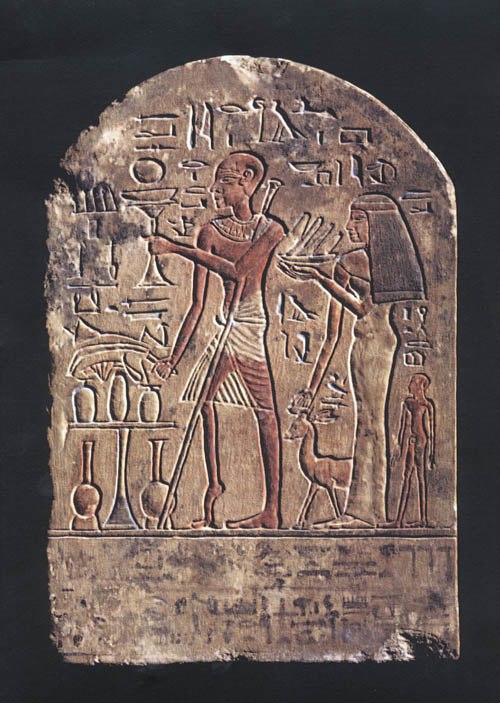
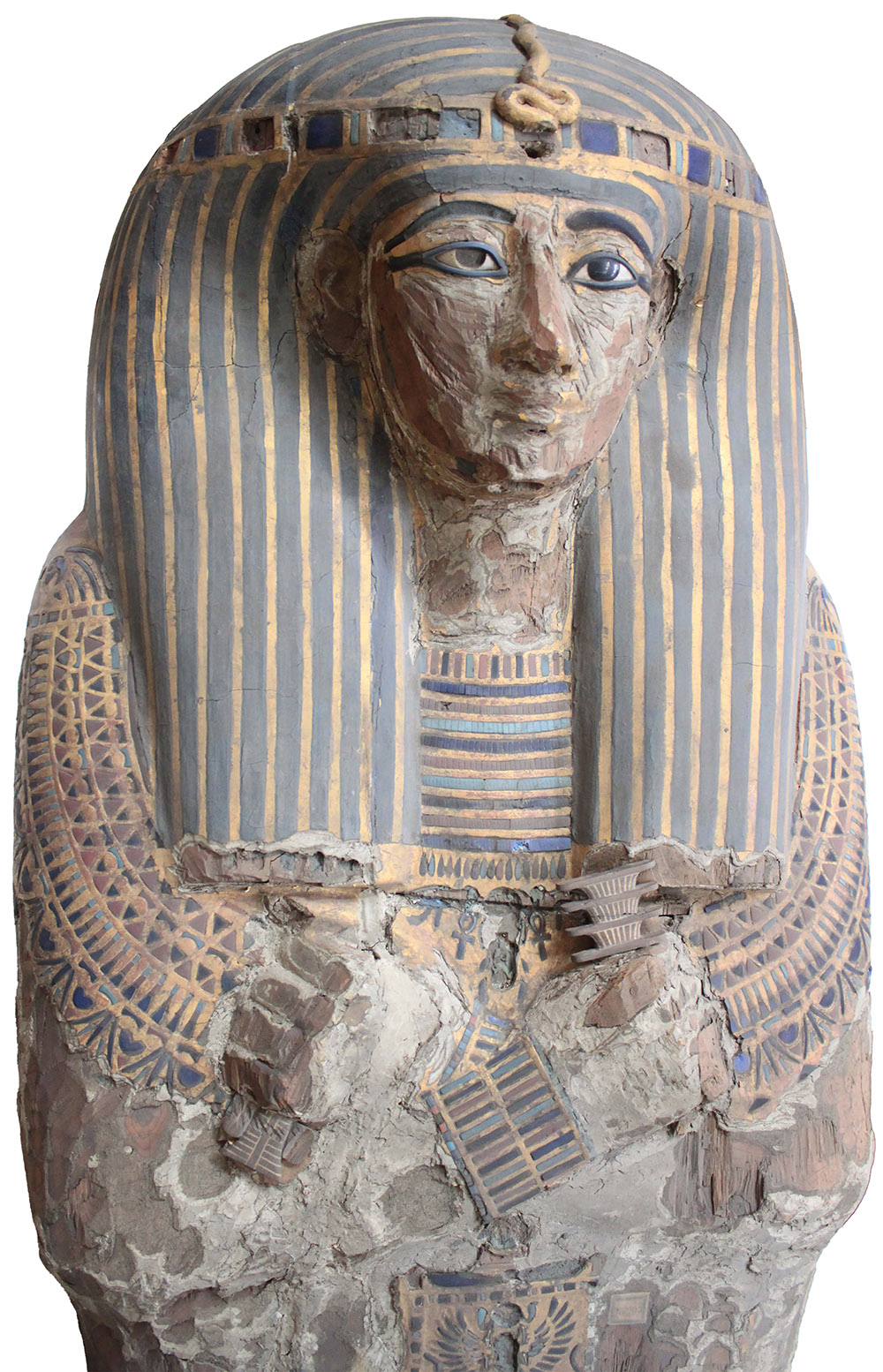
When Is It Ok to Recycle a Coffin? The Rules of the Reuse Game in Ancient Egypt
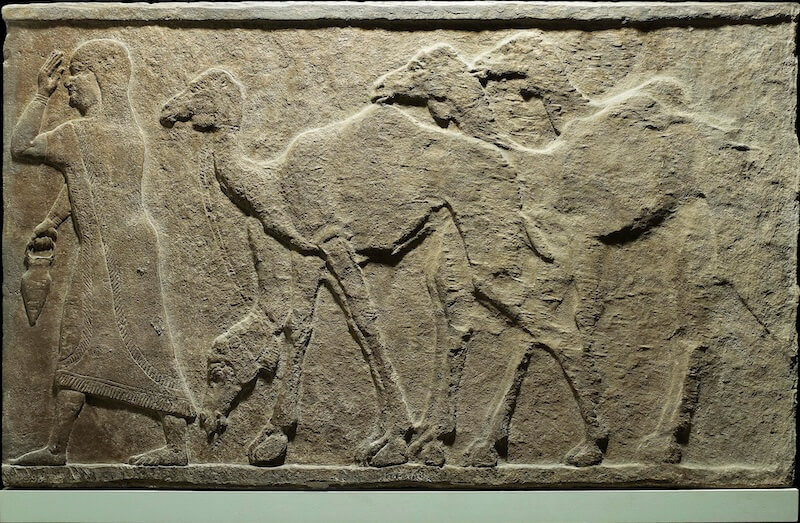
Samsi, “Queen of the Arabs”, and Her Fight Against Assyria
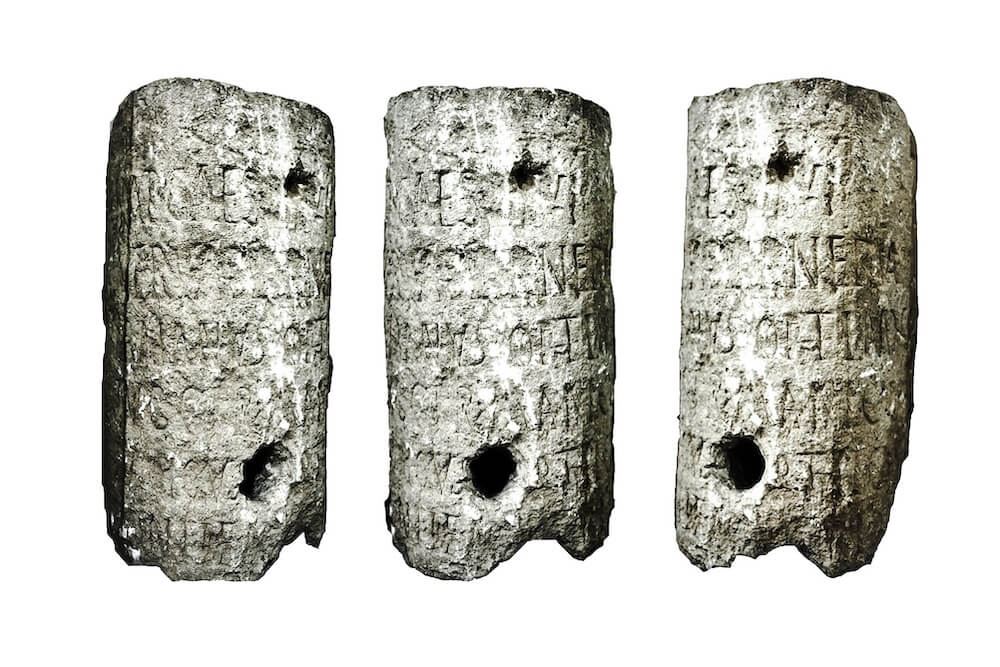


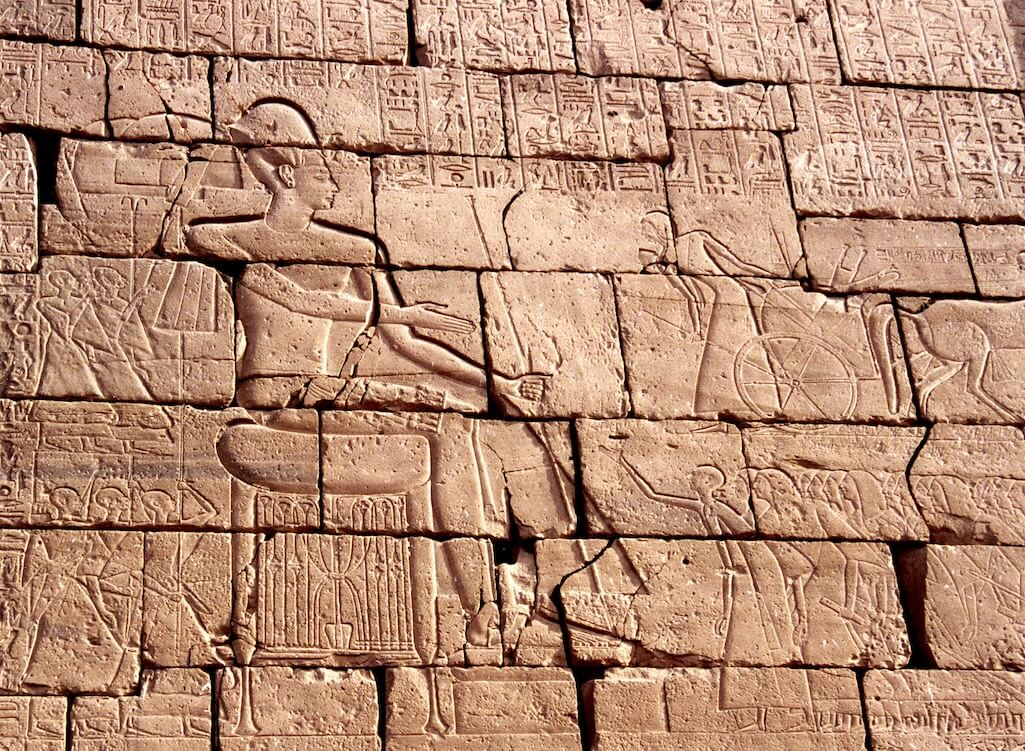
Post a comment